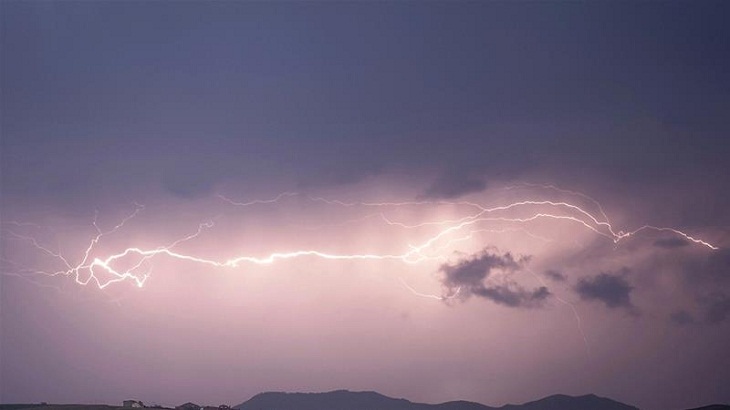Kalboishaki’s storms a threat to South Asia

Big tornadoes are synonymous with the southern states of the US. Tornado Alley is a broad region stretching from Texas, in the south, to Minnesota, in the north. It includes Kansas, which will forever be associated with the tornado that whisked Dorothy and her dog, Toto, to the Land of Oz. Yet there is another region of the world where tornadoes are almost as frequent and often more deadly: Bangladesh and the eastern states of India. Big thunderstorms, known as Kalboishakis, develop here (Baishakh is the Bengali month of April). Within this broad region there is a particularly high tornado risk from Dhaka to Jessore, Faridpur, Madaripur and Chandpur. Bangladesh has one of the highest population densities on the planet. In addition, Bangladesh is a very poor country with limited communications and transport infrastructure. This makes its population vulnerable to extreme weather events. The weather pattern that makes Tornado Alley such a breeding ground for severe storms with a high tornado potential (warm, moist air at low levels, cold, dry air aloft and favourable high level wind patterns) is similar to that across South Asia at this time of the year. During late March and early April cold, dry at high altitude flows eastwards from above Iran and Turkmenistan around the southern side of the Himalayas. Meanwhile, in Bangladesh and eastern India, heat is building ahead of the summer monsoon. Pressure begins to fall over the land, drawing moisture from the Bay of Bengal. The clash of these two differing masses of air, one cold and dry, the other warm and moist, sets up the conditions for severe storm formation. Over the last few days we have begun to see these storms developing in northeastern Bangladesh. Sylet has recorded 292mm of rain in the last two days.
Read more: http://www.daily-sun.com/post/216378/Kalboishakis-storms-a-threat-to-South-Asia

